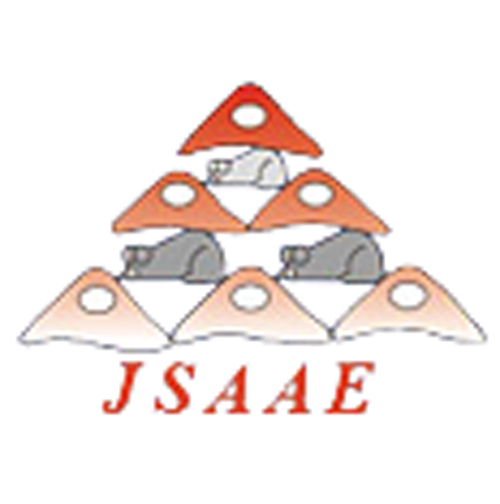INFLUENCE OF THE LIGHTING SCHEDULE ON THE TOXICITY OF DOXORUBICIN IN CHICK EMBRYOS
YUJI YOSHIYAMA1, TAKASHI SUGIYAMA2, HIROYUKI MIYAZAKI2, HIDEYO SHIMADA2 and SHIGEHIRO OHDO3
1Department of Clinical Pharmacy, Kyoritsu College of Pharmacy, 1-5-30, Shibakoen, Minato-ku, Tokyo 105 Japan; 2Department of Clinical Pharmacology, School of Pharmaceutical Sciences, Kitasato University, 9-1, Shirokane 5 Chome, Minato-ku, Tokyo 108 Japan; 3Department of Clinical Pharmacokinetics, Division of Pharmaceutical Sciences, Graduate School, Kyushu University, 3-1-1, Maidashi, Higashi-ku, Fukuoka 812 Japan
Original:AATEX 4(2):55-61
Abstract
In the present study, we evaluated the toxicities of doxorubicin (ADR) in chick embryos using electrocardiograms (ECGs). The influences of the lighting schedule on the toxicities of ADR were then studied in these embryos. Fertilized eggs of White Leghorns were incubated and investigated on two occasions under a constant-light condition and a constant-dark condition. ADR (125, 250, 500 and 1000 ƒÊg) was injected into the air sac of each fertilized egg on the 16th day of incubation. ECGs were recorded after the injection.
Under the constant-dark condition, the lowest dose of ADR showed the maximum increase in the heart rate (HR). The HR decreased relative to the dose of ADR. Arrhythmias were induced at the highest dose. In contrast, no significant changes were observed with any doses except at 1000 ƒÊg under the constant-light condition. The effects of 1000 ƒÊg were similar to those under the constant-dark condition.
These findings indicate that the manipulation of the lighting schedule has a marked influence on the toxicity of ADR in chick embryos.
Key words: doxorubicin, chronopharmacology, lighting schedule, electrocardiograms, chick embryos.
EVALUATION OF IN VITRO TOXICITY OF 32 MEIC COMPOUNDS TOWARDS HUMAN NATURAL KILLER CELL FUNCTION
YOSHIO KOBAYASHI1, TAKASHI YAMASHIRO1, NAOKO WATANABE1 and TADAO OHNO2
1Laboratory of Molecular Immunology, Faculty of Science, Toho University, 2-2-1 Miyama, Funabashi, Chiba 274, Japan; 2Riken Cell Bank, Institute of Physical and Chemical Research (RIKEN), 3-3-1 Koyedai, Tsukuba, Ibaraki 305, Japan 1Department of Clinical Pharmacy, Kyoritsu College of Pharmacy, 1-5-30, Shibakoen, Minato-ku, Tokyo 105 Japan; 2Department of Clinical Pharmacology, School of Pharmaceutical Sciences, Kitasato University, 9-1, Shirokane 5 Chome, Minato-ku, Tokyo 108 Japan; 3Department of Clinical Pharmacokinetics, Division of Pharmaceutical Sciences, Graduate School, Kyushu University, 3-1-1, Maidashi, Higashi-ku, Fukuoka 812 Japan
Original:AATEX 4(2):63-72
Abstract
To develop a method of determining the immunotoxicity of chemicals, the effects of MEIC compounds on the cytotoxic function of a human natural killer (NK) cell-rich population cultured in vitro were examined. Twenty of 32 MEIC compounds showed apparent inhibition of NK cell mediated cytotoxic activity. The concentrations causing 50% inhibition (IC50 values) were highly correlated (r=0.86) with previously reported effective doses for inhibiting human squamous carcinoma cell growth by 50% of the level in control cells (ED50 values). In general, inhibition of NK cell-mediated cytotoxic activity was more profound than inhibition of cell growth. Some compounds preferentially affected the NK cell function but not target cell susceptibility, as evidenced by the effect of brief exposure of these compounds on effecter cells and target cells. Thus, a NK cell-mediated cytotoxic assay with a cultured human NK cell-rich population may be a sensitive method for clarifying important aspects of the immunotoxicity of chemicals in vitro.
Key words: doxorubicin, chronopharmac

